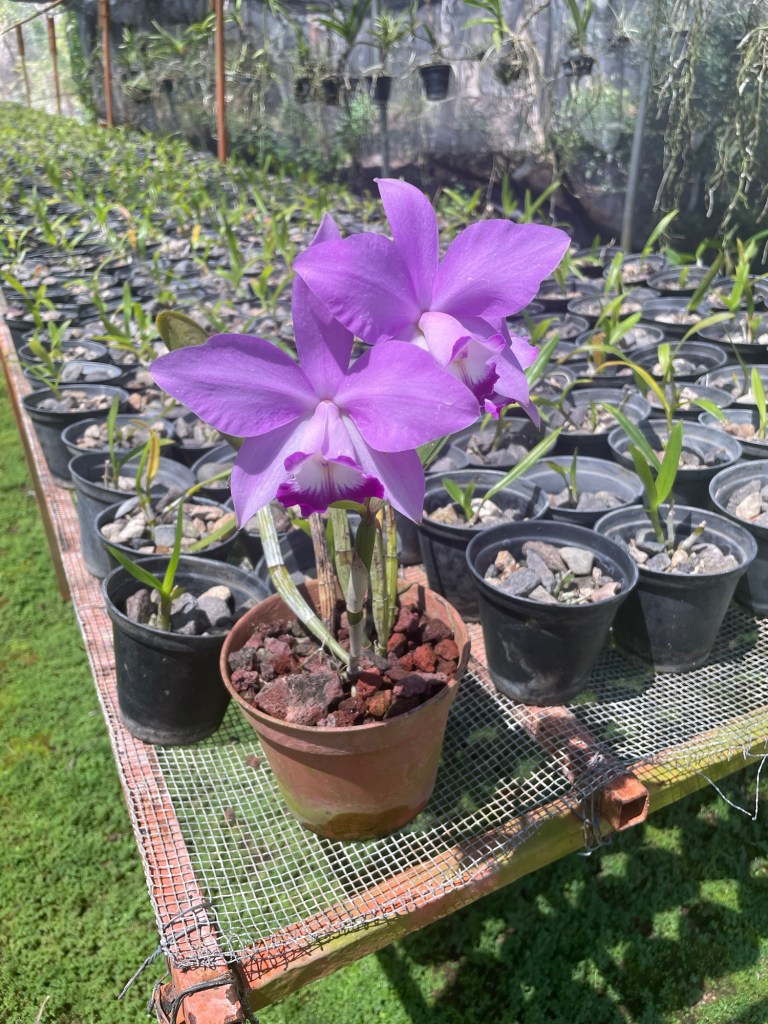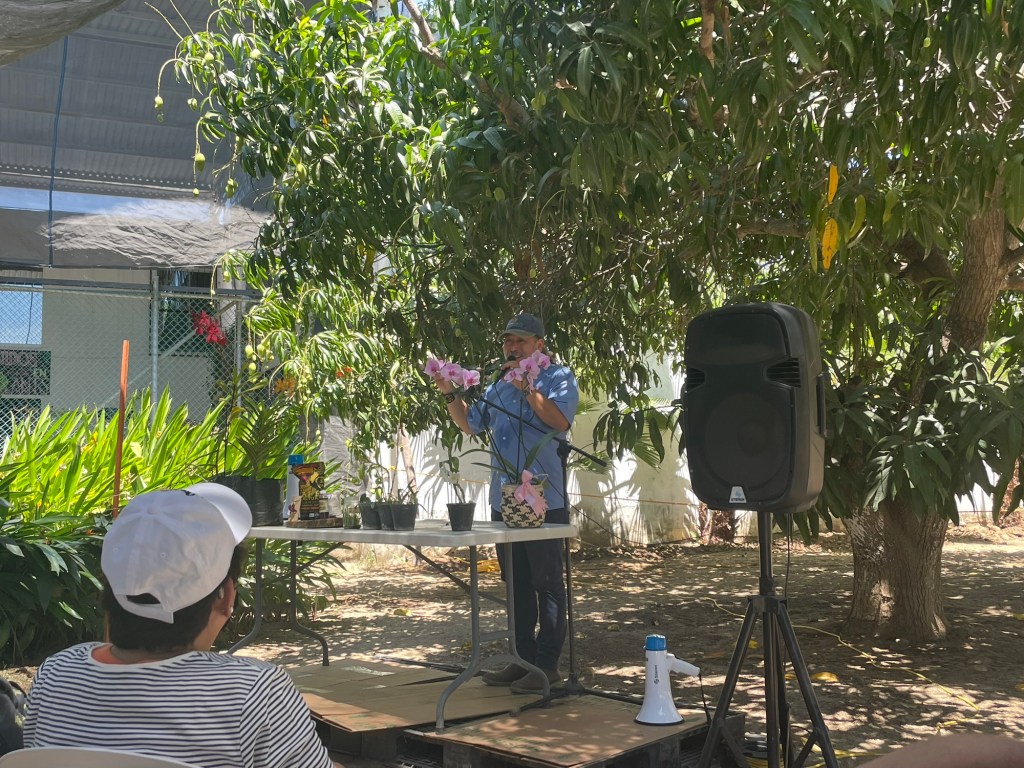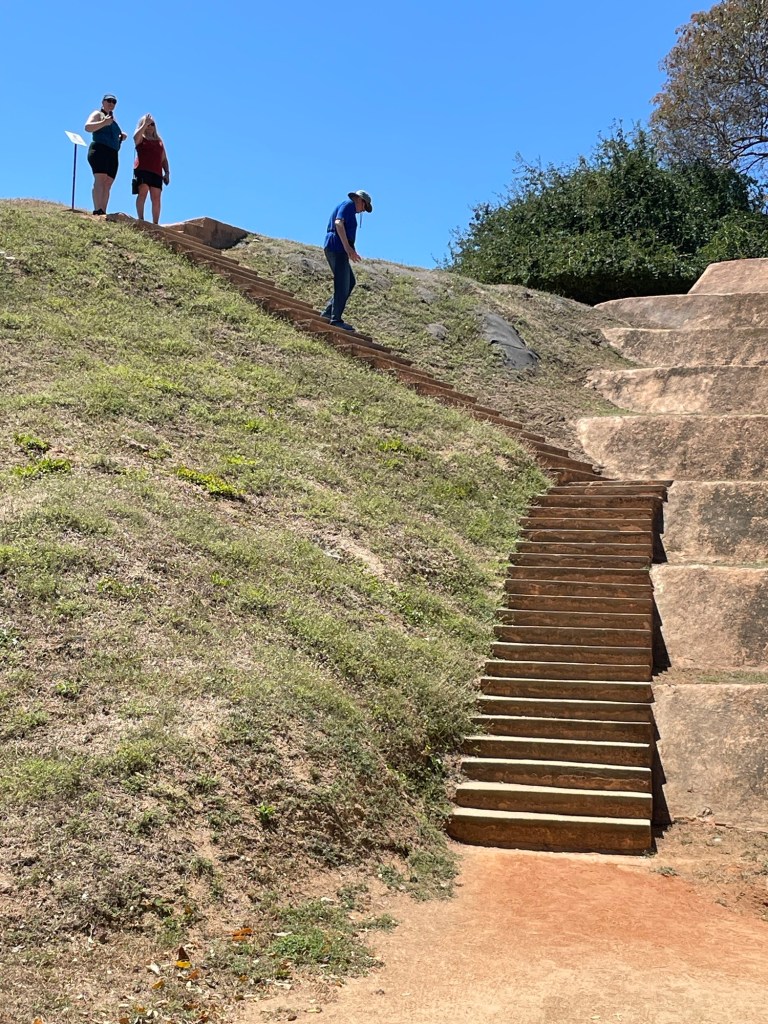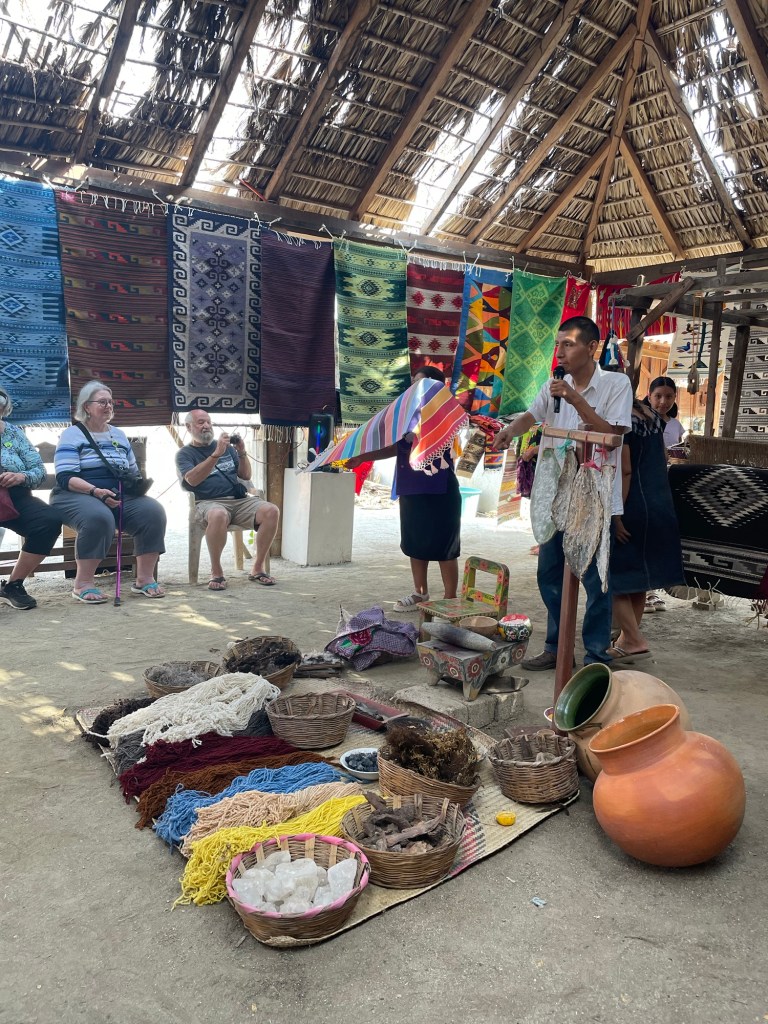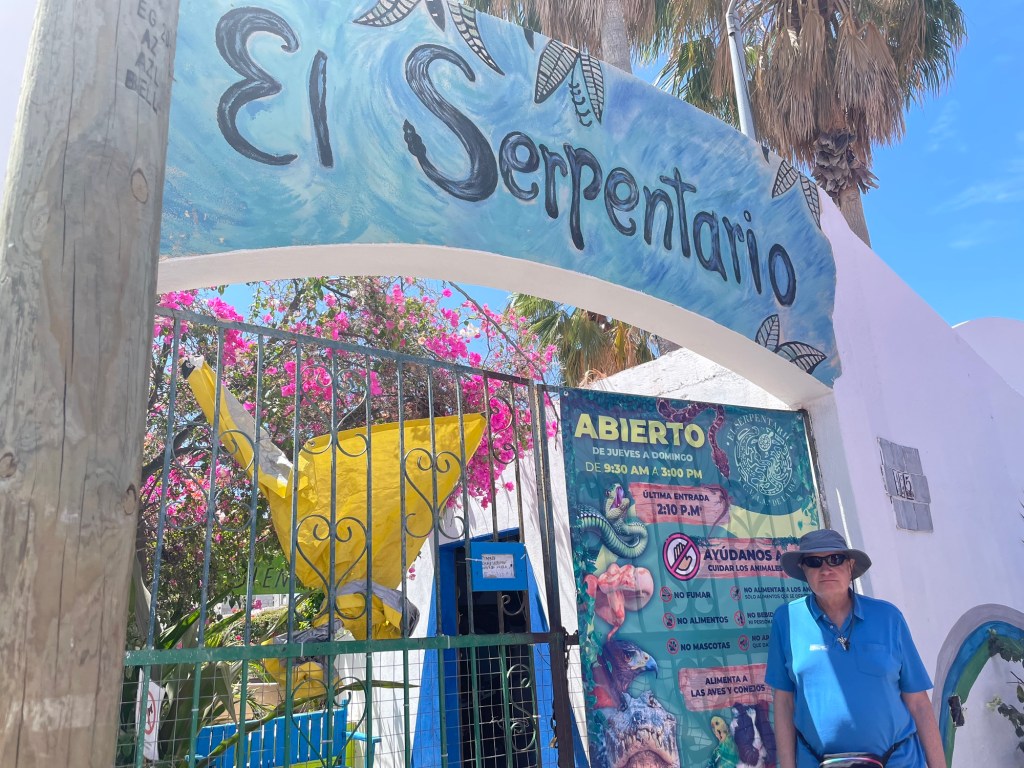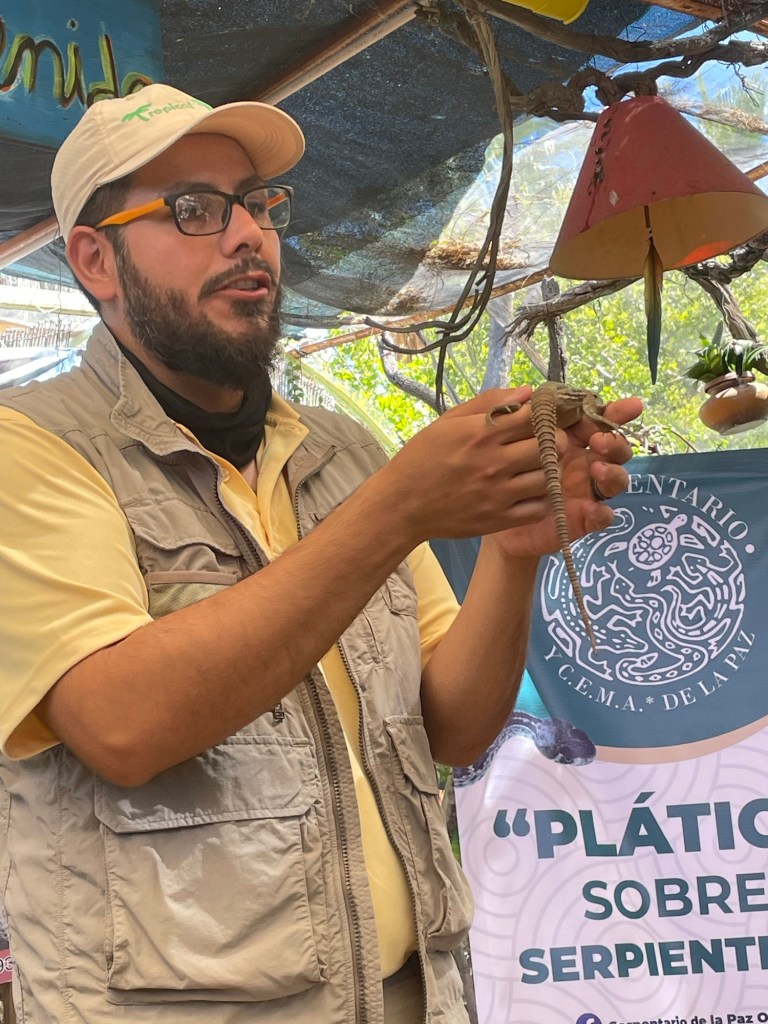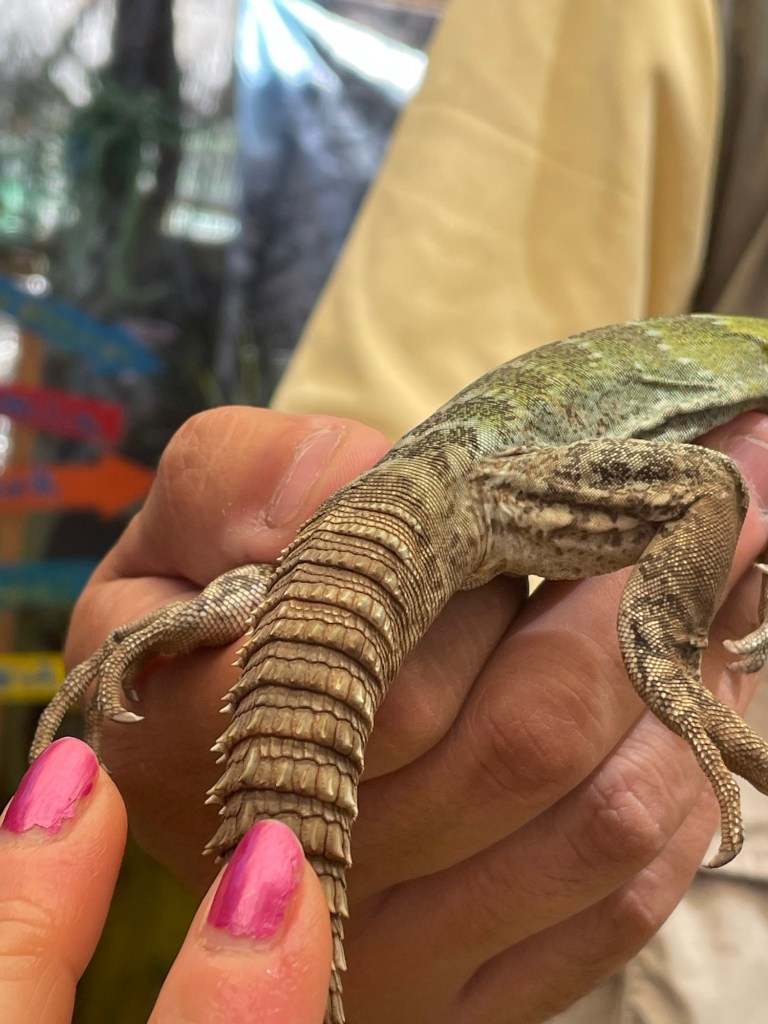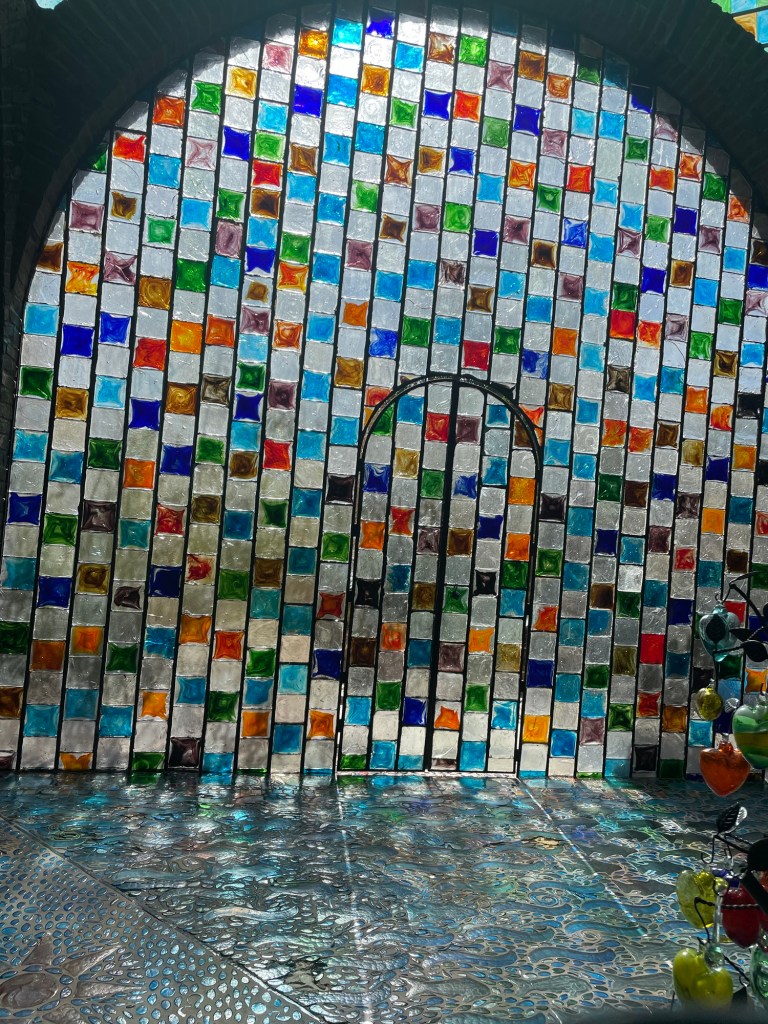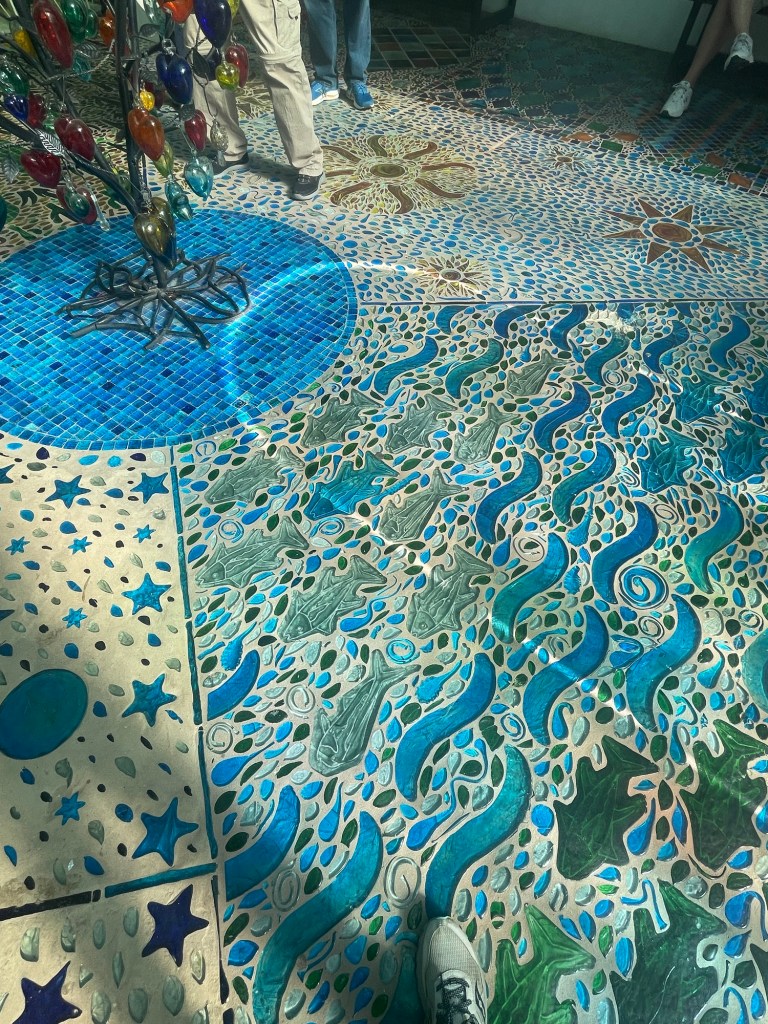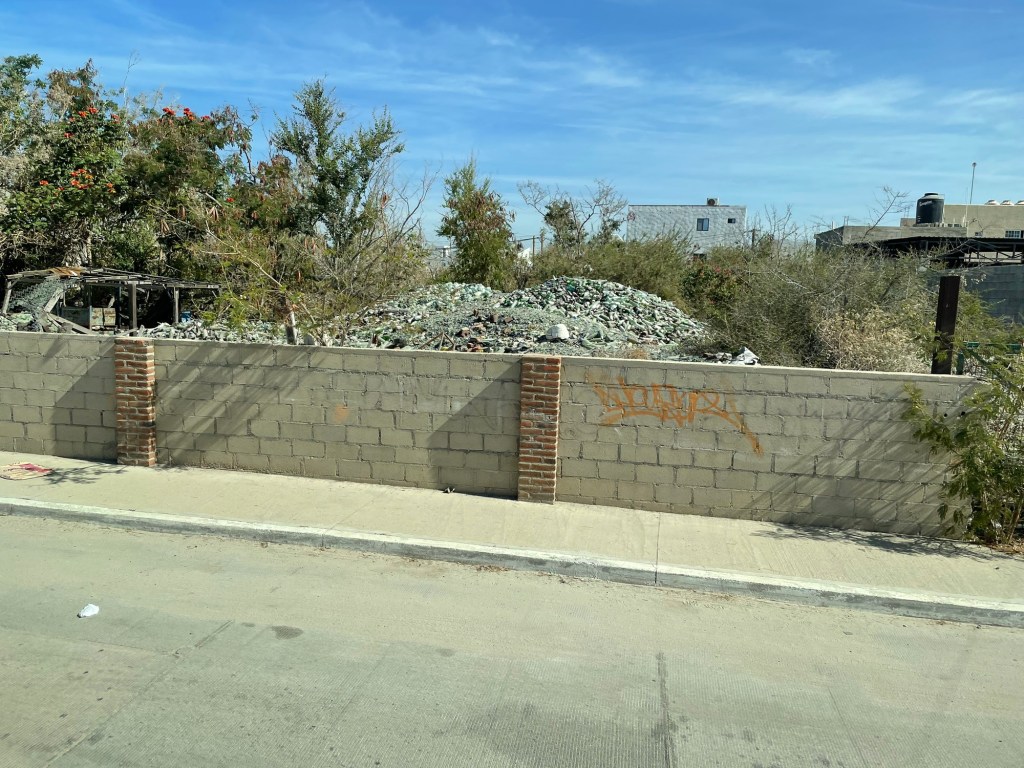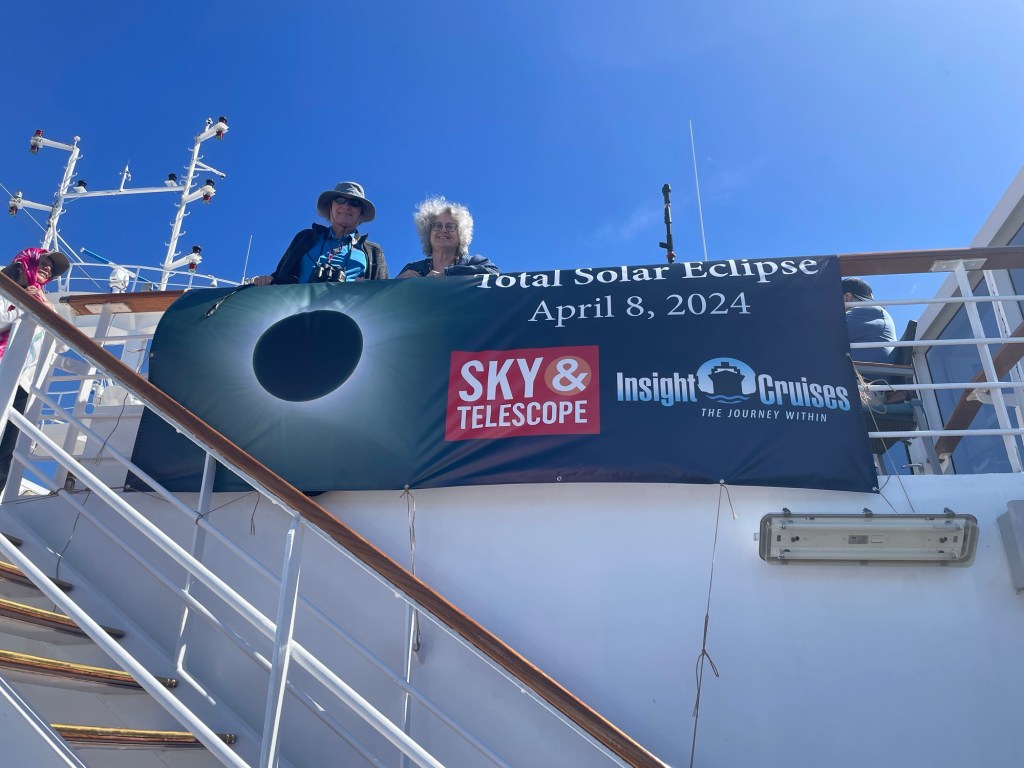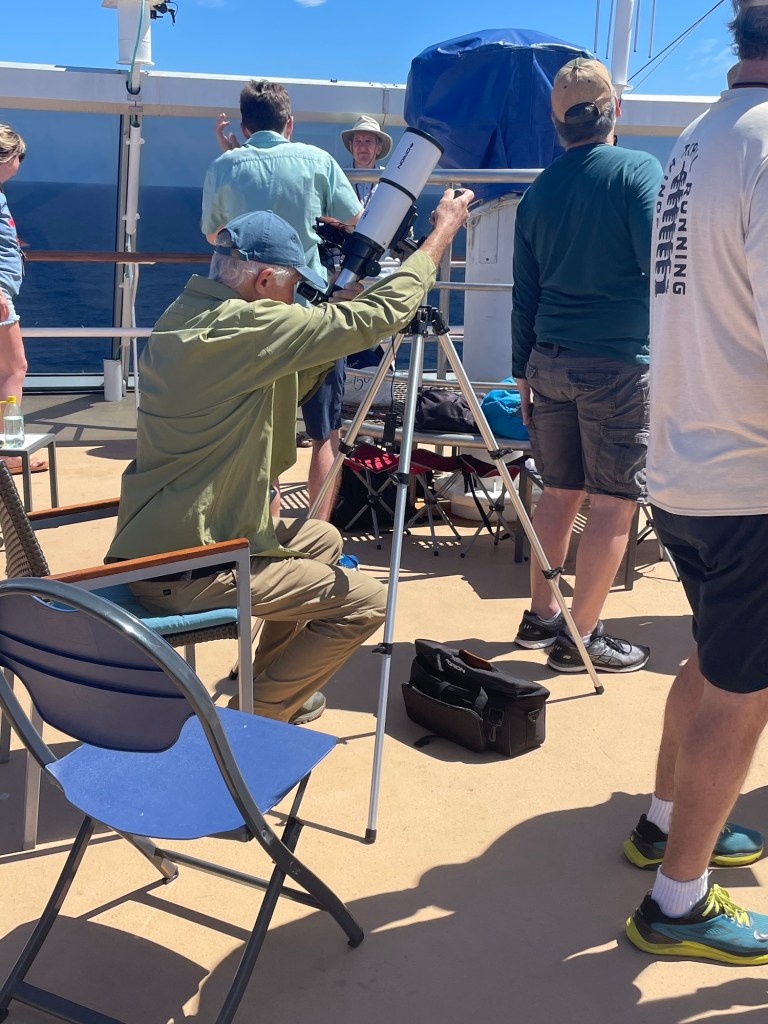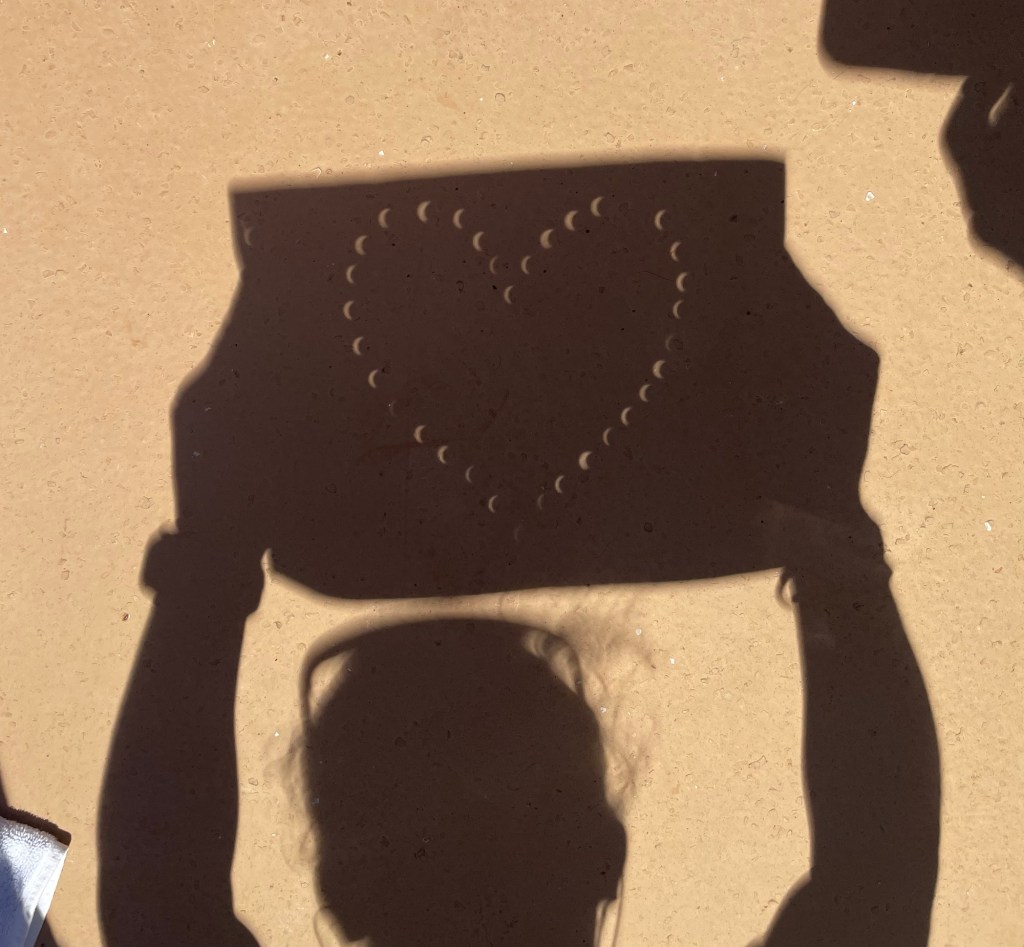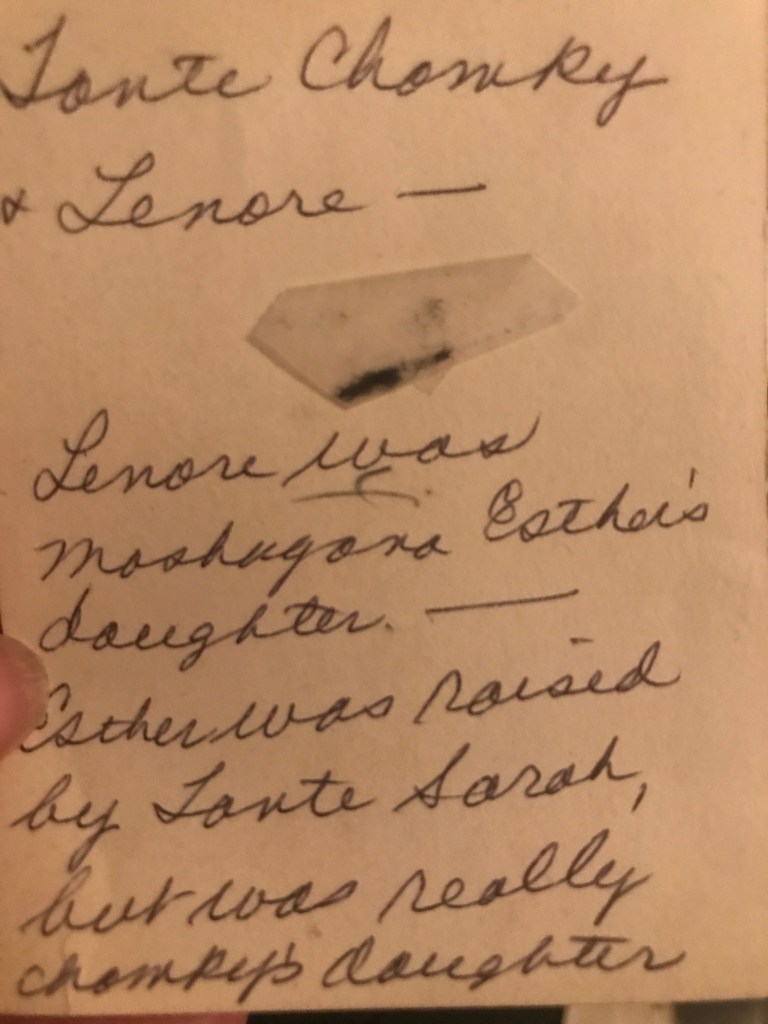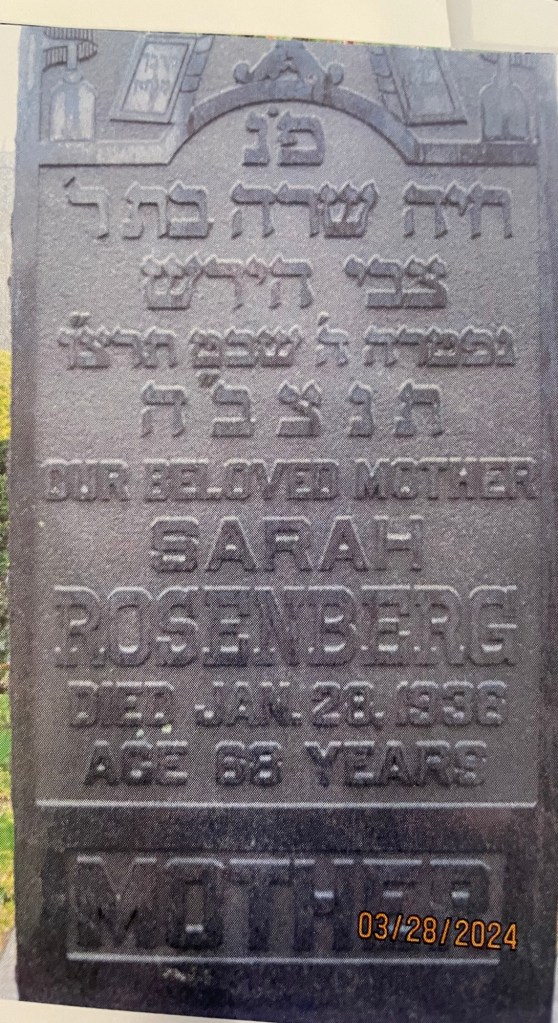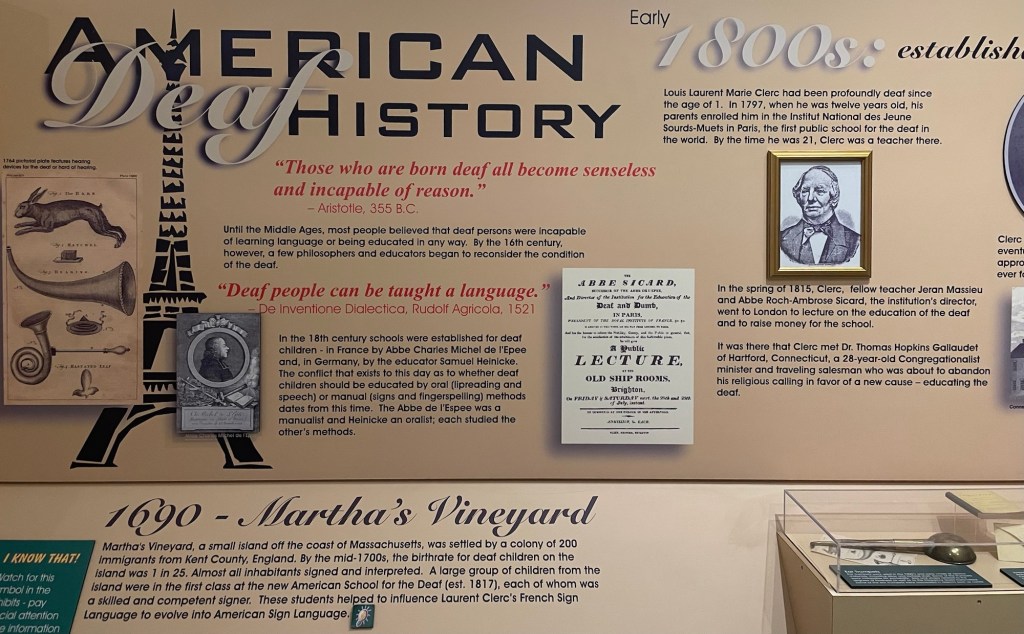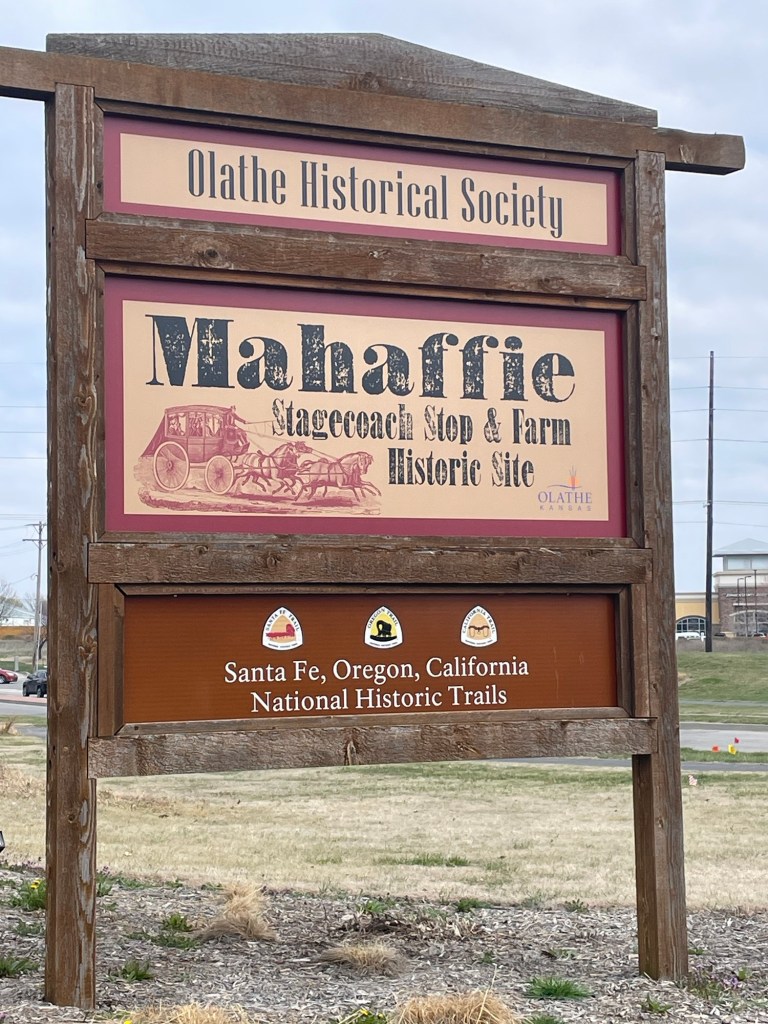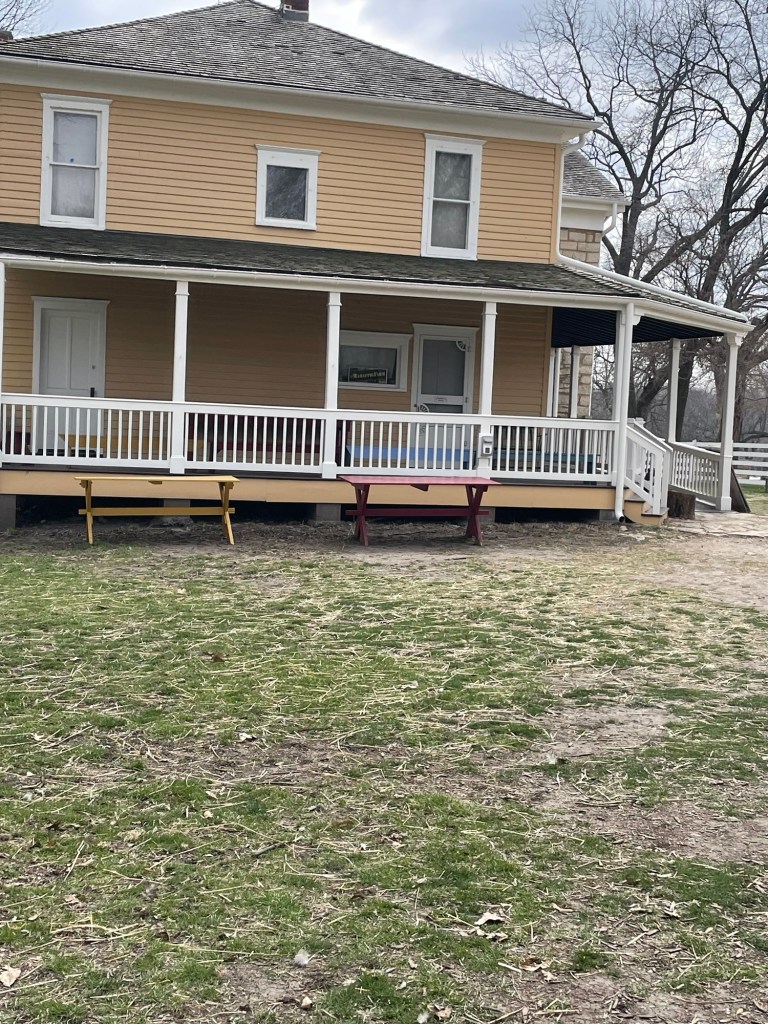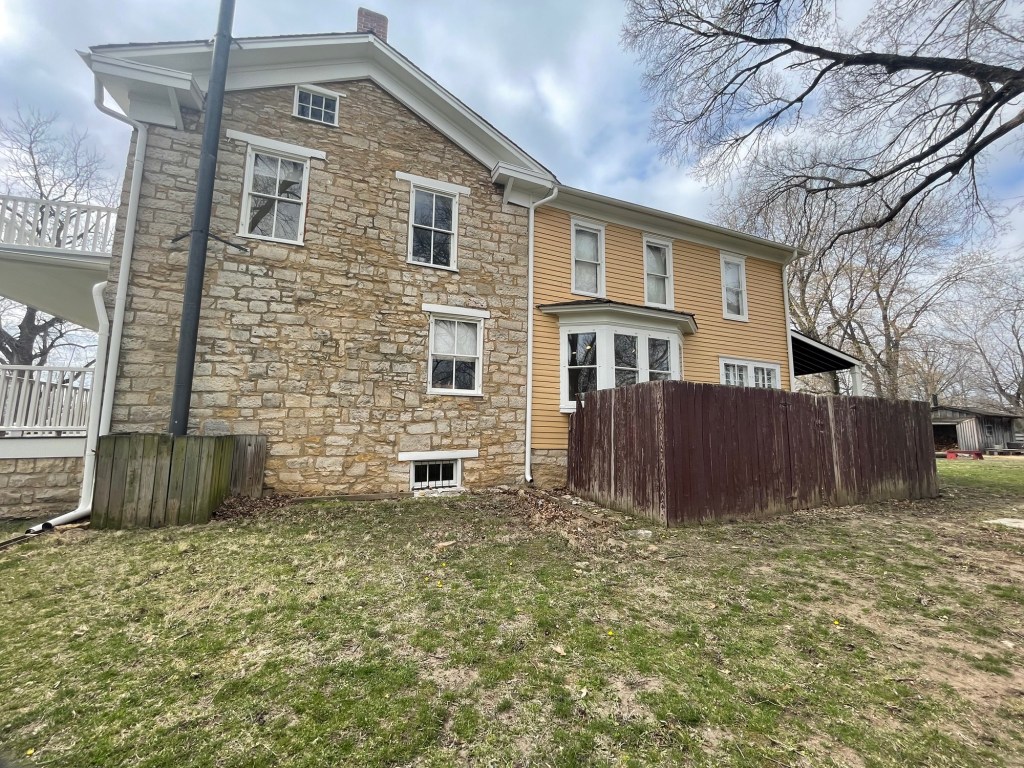Our cruise ship spent two days docked in Puerta Vallarta, which gave us a chance to do something special. For me that was to visit the Magic City of San Sebastian Del Oeste about 40 miles up in the mountains. San Sabastian was the highlight of the places we visited. A small community of 600 people, it was once a thriving town close to a silver mine of close to 20,000!. It was basically cut off from Puerta Vallarta until a winding road and two major bridges were built about 20 years ago. Now it is about a 90-minute drive in vans up and up and round and round the winding roads. But it is well worth the moments of motion sickness.
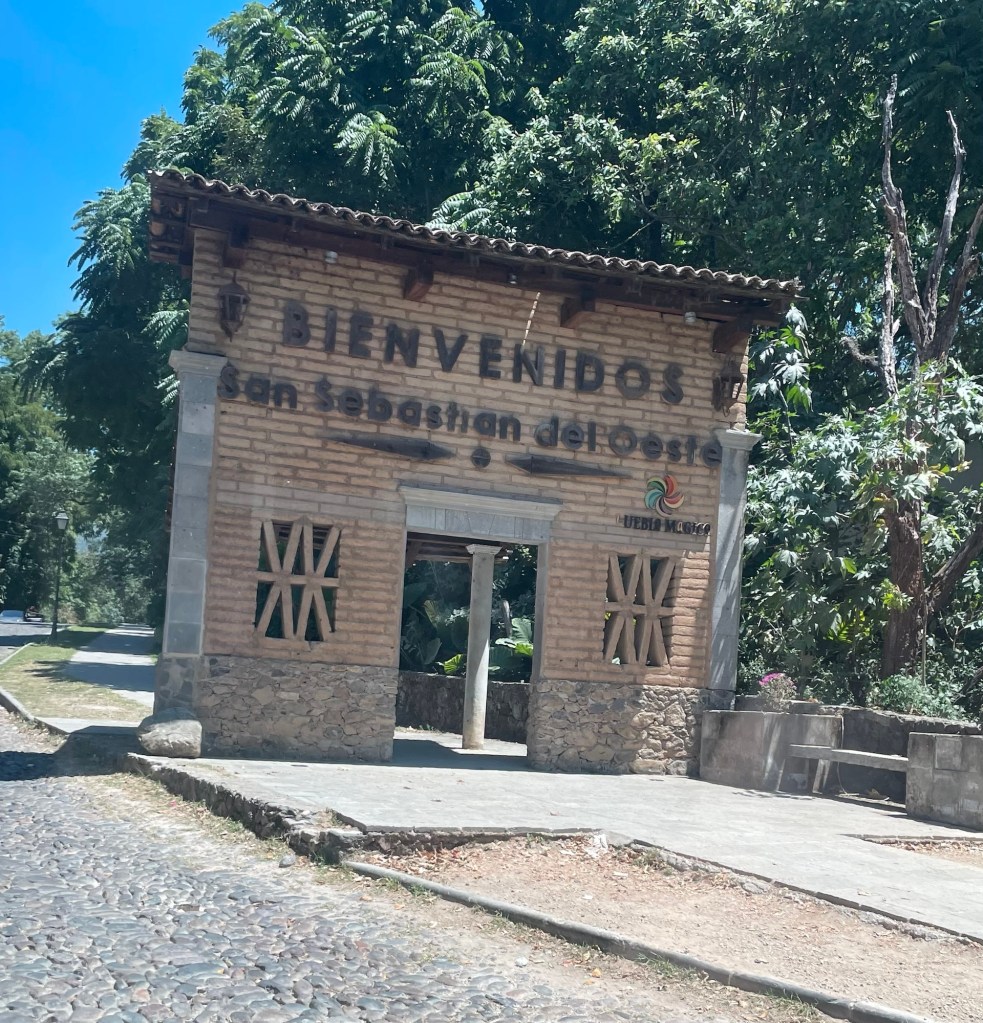
Our tour guide told us that in Mexico, San Sebastian is known as a “Magic City.” It actually has been nominated to be a UNESCO world heritage site. Personally, I love visiting world heritage sites, they take you back into time. San Sebastian is a perfect example since its original roads/sidewalks and buildings have been maintained and all new buildings keep the character of the old colonial style.
It was founded in the early 1600s for its silver mining and was the home of three Spanish families who made a decision to only marry among themselves to keep their Spanish blood pure. Definitely a genetically bad idea. Over time, and the Mexican revolution, the old ways ended and now the families are fulling integrated into the community.



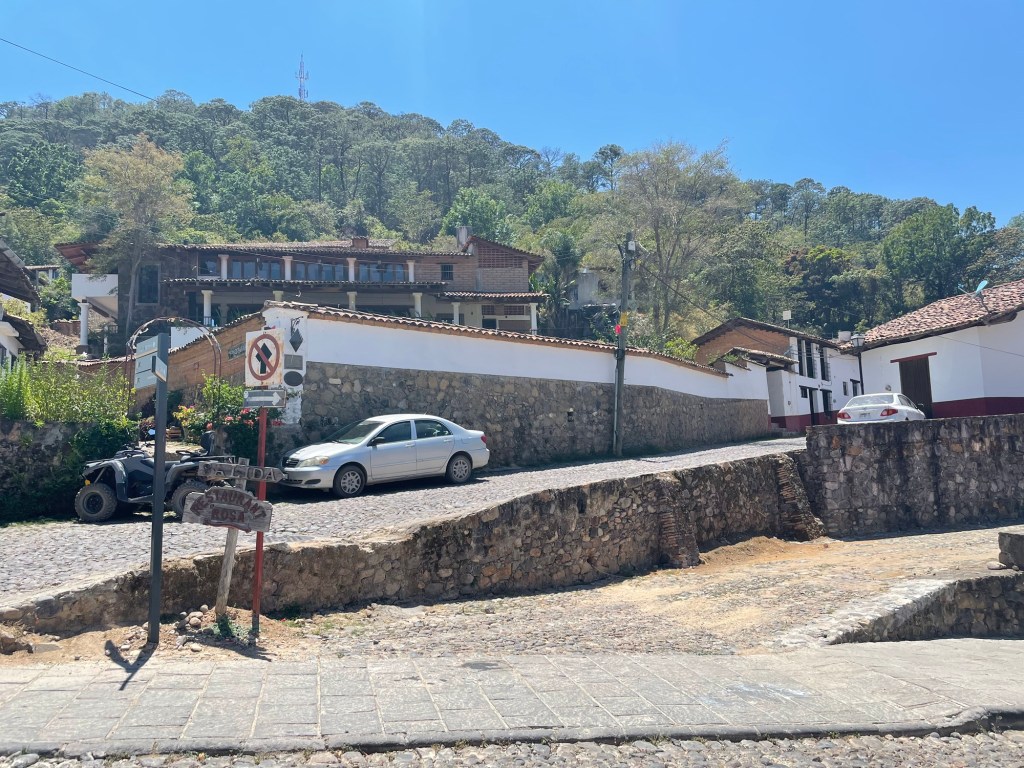

We visited the small museum, Casa Museo Dona Conchita Encarnacion. This tiny building, which was once the home of Dona Conchita and her ancestors, serves as a museum about the town and these Spanish families and their interconnection. Lupita, the woman who told us about the museum is a descendant, of the Dona Conchita.
Because it was a silver producing city, the town had some unusual security. The church, Iglesia de San Sebastian, is built like a fortress and the doors could only be opened from the inside. There was an underground tunnel from the homes of one of the Spanish families directly to the church. It is quite lovely once you get past the windowless façade. There are windows, but they are placed high so people cannot break in. But inside they provide wonderful lighting.
The original steep cobble stone streets are difficult to walk on and I think to drive. No busses took us there, only vans. And once I saw the streets, I understood. The Center of town has a lovely little plaza and shops. While there we walked to a restaurant that served us the absolutely best food we had in all of Mexico. They serve a specially prepared beef that really is so tender and delicately seasoned. I still savor the joy of eating there.


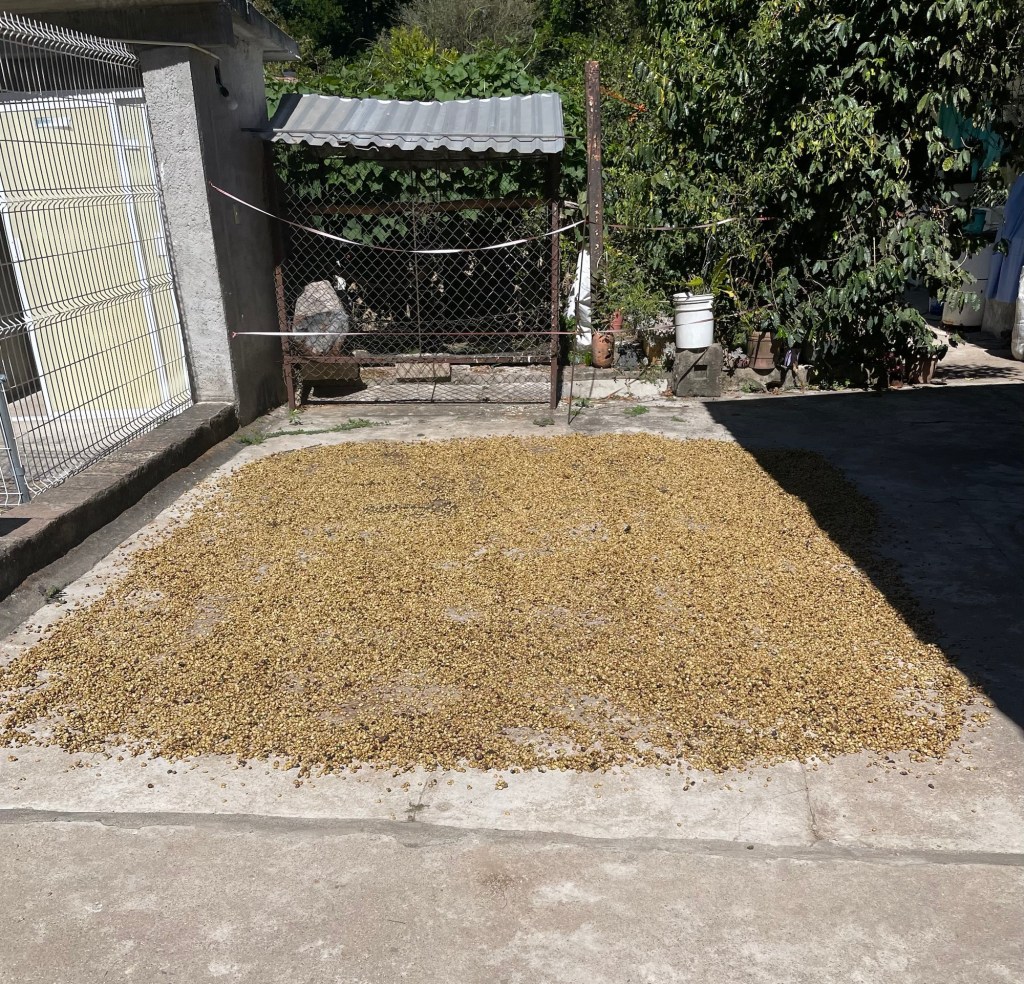
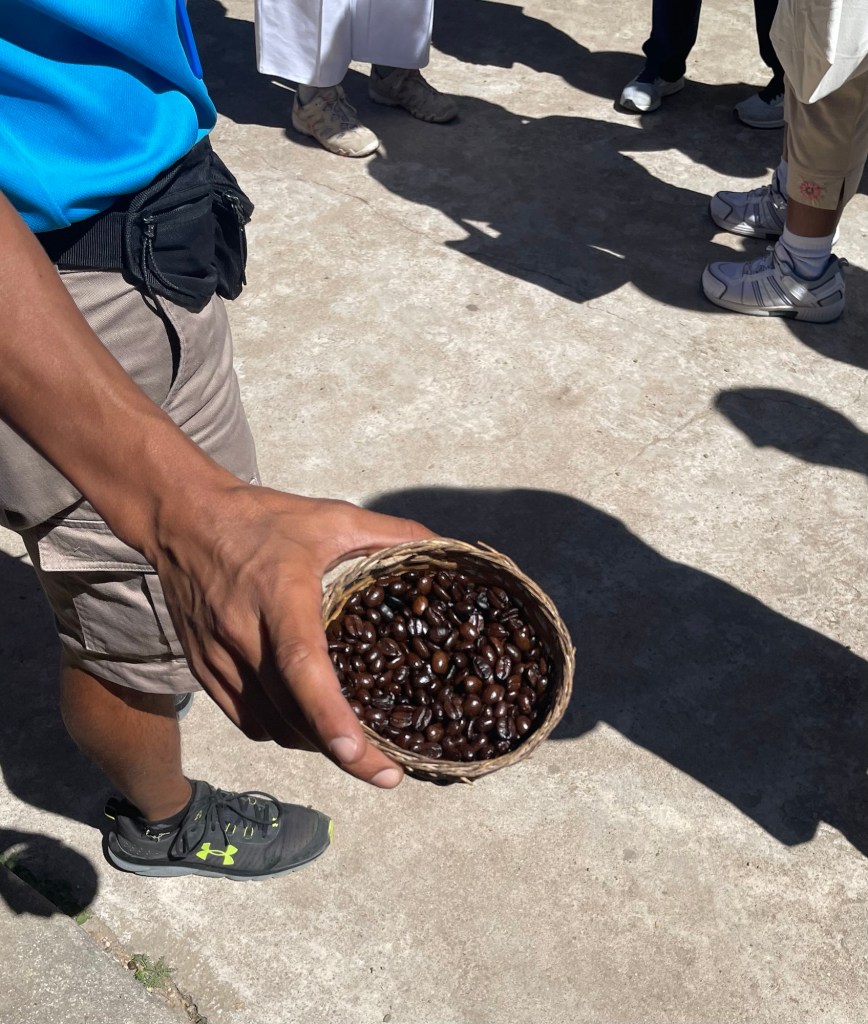
When we first entered the town we stopped at an organic coffee plantation, Café De Altura LaQuinta. What an interesting place. The coffee bushes are grown among fruit trees, where the fruit just falls to the grown to provide nutrients for the coffee beans. Having all those tall trees provided the wonderful shade that the coffee needed to grow in the wonderful mountain coolness.

On the way there and back we stopped at a small tequilla factory. Although we did not get anything there, we were able to overlook one of the two massive bridges that were built to connect San Sabastian to Puerta Vallarta.
Since we did spend a day in Puerta Vallarta, I feel a need to tell about the two places we visited there that I did appreciate. To be honest, I did not enjoy the tour we took of Puerta Vallarta. I heard that others would have fit my interests more. But I did enjoy our stop at the beach and at Tile Park, El Parque de los Azulejos.


The promenade along the beach in Puerta Vallarta was lovely. With its many statues and views. We enjoyed taking photos and seeing everyone walking. It was Easter week so all the children were out of school and families were enjoying the lovely day. I do enjoy some. people watching, and this was a great place to do it.



We also enjoyed seeing El Parque de los Azulejos (Tile Park), which made me think of a miniature Parque Quell in Barcelona, the lovely park designed by Gaudi. The tile benches and other mosaic inlaid objects are fun to walk through discover all the different designs. Each one is sponsored by a donor and their names are displayed on little plaques. The designs are not set on a specific theme, just want the donor wants. We were able to see one from the University of Kansas and one from the University of Michigan among the many beach and sport themes.
There is a lovely gazebo as well as a stage and seating, so I know that concerts are held at Tile Park. It is worth visiting. We also took photos sitting on the benches that we liked!
I did enjoy spending time at the port in Puerta Vallarta. I can see why tourist enjoy visiting. But to me it was a bit too touristy. However, the Magic City of San Sabastian made it my favorite stop.
